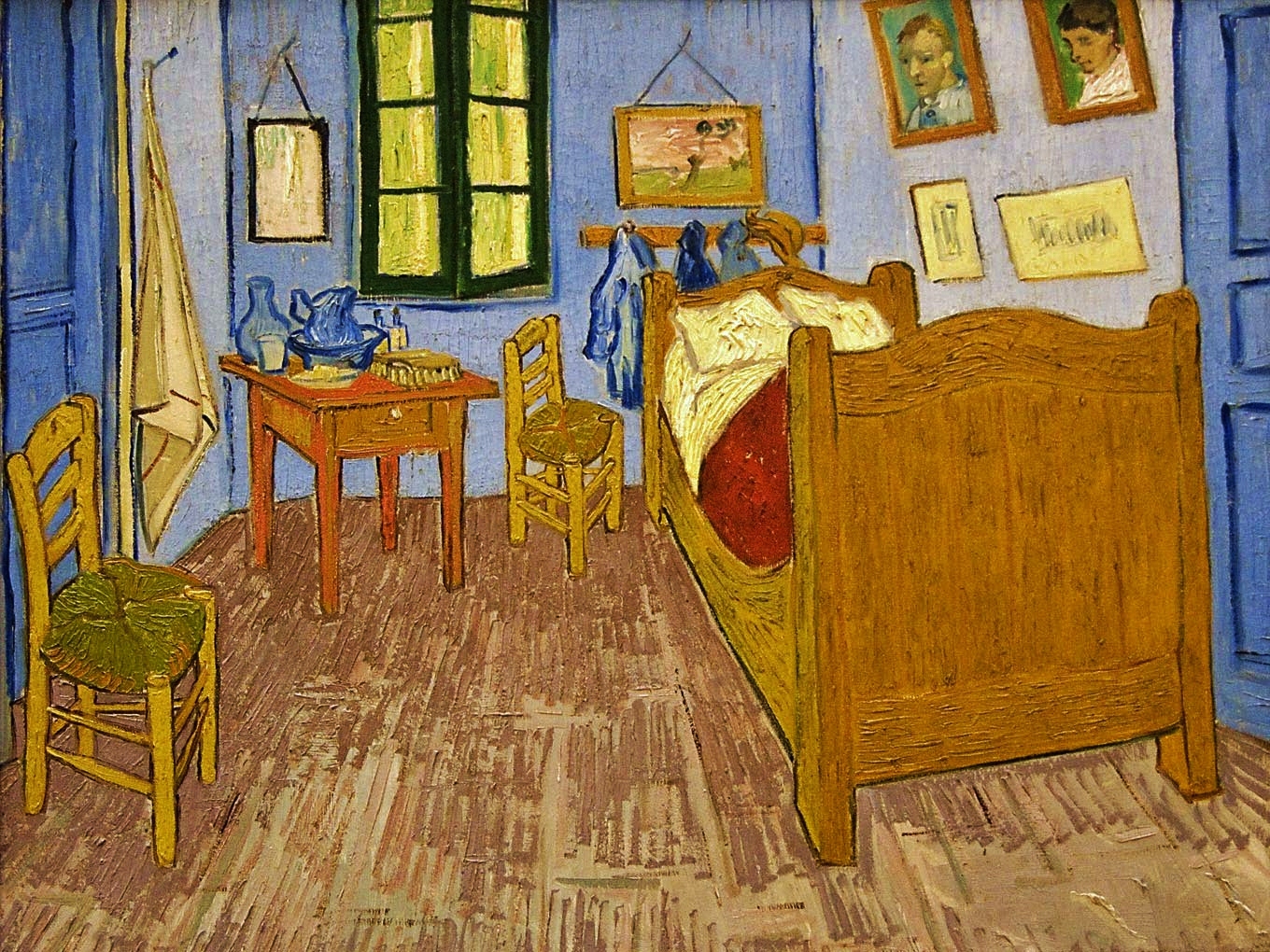Separate from the Expressionists
were the Cubists, who reinforced structured ideals of art theory. Their notions of style spawned largely from
the earlier works of Cézanne, who sought to better paint the object in its
three-dimensional fullness. Plagued by
this problem of remaining flat on a canvas, painters sought to bring out their
subjects' mass and volume through stylized brushwork and technical approaches
to perspective, color, and form. This
was a discipline of art that focused on the theoretical aspects of constructing
images. Although artists such as Picasso
echoed the freedom of artists like Van Gogh, the Cubists employed their
unorthodox techniques for the sake of their subject matter and larger art
theory on a whole. Cubism itself was
merely a style of painting which artists could use to try to show all sides of
a three-dimensional object on a flat surface.
In order to accomplish this
transference (from real life to the painter's canvas, let's say), shapes had to
be broken up and then reassembled.
Imagine drawing a cube, an object with six surfaces or sides. One would have to flatten the cube, breaking
apart corners, in order to show the full picture. Similarly, then, artists broke apart their
subjects and tried to view them purely geometrically when contemplating how
best to paint them. Flowers, a
landscape, imaginative material—even people had to be "disassembled"
first, and we see that clearly in Picasso's portrait of Vollard, 1910.
The artist has almost dissected the
man, and the chunks are laid out on the canvas to give the full picture of him. Realism need no longer be worried about, for
this painting is trying to achieve an effect, like Impressionism. Painting here has become a science of
experimentation. Here, colors are not
realistic; browns, grays, and drab hues are used to convey an almost
rudimentary, black-and-white image (except for his colorful face) of this
man. Compare this to the patchy
brushwork of Paul Cézanne, who, you will remember, painted the Mont Saint-Victoire
in sections or chunks. Cubism, seeking
to break down both the subject matter (the object) and the technique (art
itself), adopted this new stylistic approach to painting that became the staple
fashion of artists like Georges Braque and Pablo Picasso.
Picasso is of course the most
famous Cubist painter. He became famous
for his painting and collages and later extended his abilities to
sculpture. From a very early age, this Spanish
painter showed the signs of sheer talent.
His paintings from the 1890s displayed a level of incredible realism
that quickly distinguished him in the art world. But Picasso chose to deviate from the realist
style. He wanted his art to be about
something more than mere aesthetic traditionalism; his notions of Cubist art
theory launched the artist into a creative period of experimentation and
stylistic development that launched the careers of one of the most successful
and well-known artists in Western art history.


















